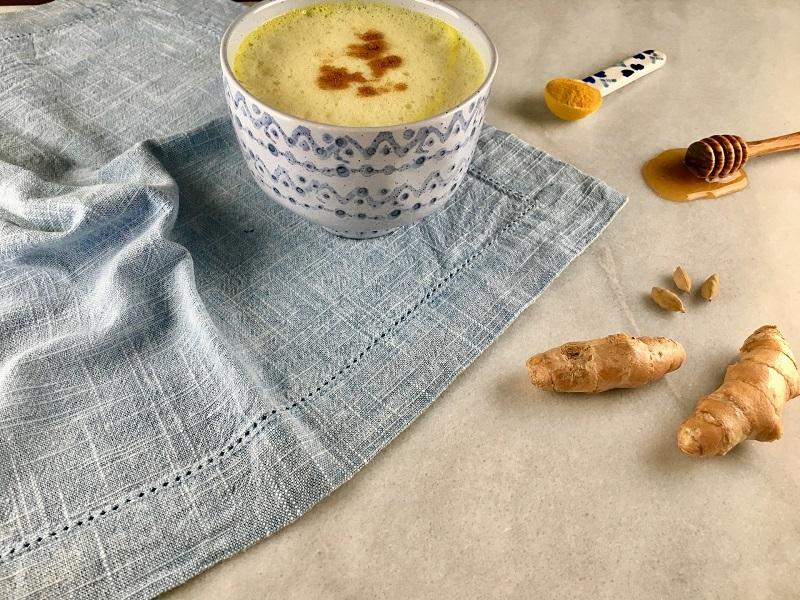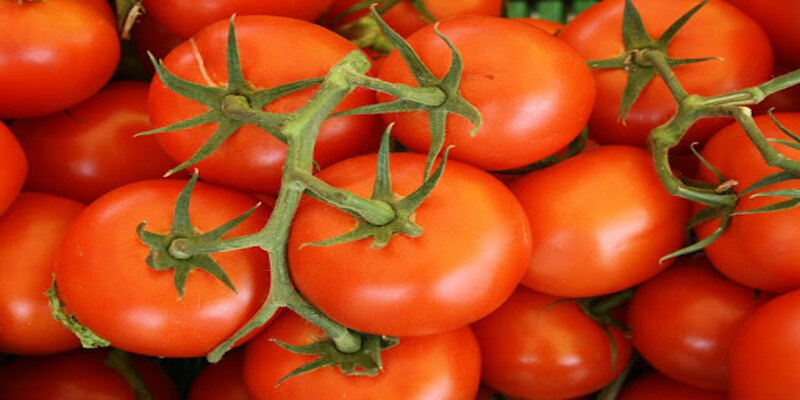Ins and Outs of Burdock Root - An Underrated Vegetable
Nov 08, 2023
Have you ever walked past an odd-looking root in the vegetable aisle and wondered, "What on earth is that?" Chances are, you were looking at burdock root, a lesser-known, yet powerful natural gem that has been cherished for its health and culinary benefits for centuries. Let's discuss what is burdock root to explore this intriguing root a bit more deeply.
What Is Burdock Root
Burdock root is harvested from the burdock plant. This plant, surprisingly, is part of the same family as the sunny sunflowers and delicate daisies. But unlike these blossoming beauties, the real magic of the burdock plant lies underground. The root, long and slender, closely resembles a brown carrot or a parsnip in appearance.
Tracing its Roots: Historical Significance
Burdock root is believed to have its origins in Europe and Northern Asia. From these regions, its fame spread, finding a significant place in different parts of the world. Ancient civilizations, including the Greeks, Chinese, and Native Americans, have revered the burdock root. They incorporated it into their diets and traditional medicinal practices, celebrating its multi-faceted benefits.
A Culinary Delight: Why Chefs Love It
- Unique Flavor Profile: Burdock root brings a mild, earthy sweetness to dishes, which some describe as a blend between an artichoke and a turnip. It's this distinct taste that makes it a favorite in many Asian cuisines.
- Incredible Versatility: Its adaptability in cooking is impressive. It can be sliced thin for stir-fries, simmered in broths, roasted for a caramelized exterior, or even steeped to make a gentle, soothing tea.
More Than Just a Tasty Treat: Health Benefits

- Antioxidant Powerhouse: Burdock root is loaded with antioxidants. These are crucial components that help our bodies ward off cellular damage caused by harmful free radicals.
- Glowing Skin: There are claims suggesting that burdock root can lead to brighter, clearer skin. This is likely due to its anti-inflammatory properties and the presence of quercetin, a powerful antioxidant.
- Natural Detoxifier: This root is known to support the body's natural detoxification pathways, aiding in the removal of toxins.
- Promotes Gut Health: Its prebiotic properties can enhance gut health, fostering the growth of beneficial bacteria in the digestive system.
Bringing Burdock Root into Your Life
If you're intrigued and keen to introduce burdock root into your diet, you're in luck. More grocery stores and health food outlets are stocking up on this root, thanks to its rising popularity. You can find it in its raw form, dried for herbal preparations, or even packaged as a refreshing tea. For those with a green thumb, consider adding this plant to your garden—it's not just beneficial but also a fascinating addition to any vegetable patch!
Frequently Asked Questions About Burdock Root
1. What does burdock root taste like?
Burdock root has a unique flavor that can be best described as a blend between an artichoke and a turnip. When you bite into it, you'll notice a mild, earthy sweetness. Its texture is somewhat crispy when fresh, and when cooked, it softens, absorbing the flavors of the dishes it's added to. If you're trying it for the first time, you might find its taste a pleasant surprise!
2. Can I just pick burdock root from the wild and consume it?
While burdock plants are often found growing in the wild, especially in places like North America and parts of Europe, it's essential to be cautious. There are plants that look quite similar to burdock but are toxic when consumed. If you're not familiar with wild plant identification, it's always safer to purchase burdock root from a trusted grocery store or health food outlet. And even then, make sure to wash it thoroughly before cooking or consumption.
3. Are there any side effects associated with burdock root?
Burdock root is generally safe for most people when consumed in moderation. However, in some cases, it may lead to allergic reactions. Some signs to watch out for include rashes, itching, or swelling. Additionally, because of its diuretic properties (helping increase urine production), excessive consumption might lead to dehydration in some individuals. It's always wise to start with small amounts and observe how your body reacts. If you're on medication or have underlying health issues, it's a good practice to consult with your doctor before incorporating burdock root into your diet regularly.
4. How can I include burdock root in my daily meals?
Burdock root is super versatile in the kitchen! You can slice it thinly and add it to stir-fries, giving them a lovely crunchy texture. It's also great when simmered in broths, offering a mild sweetness to the soup. If you're in the mood for something crispy, consider roasting burdock root. The caramelized exterior will be a treat to your taste buds! And for those looking for a relaxing beverage, burdock root can be steeped to make a gentle and soothing tea.
5. Why is burdock root considered good for the skin?
Burdock root has been traditionally linked to skin health for several reasons. First, it's packed with antioxidants, particularly quercetin. Antioxidants help protect the skin from harmful free radicals that can lead to aging and skin damage. Additionally, its anti-inflammatory properties can help soothe irritated skin. Some people believe that consuming burdock root or using products containing its extracts can lead to clearer, brighter skin, though it's always essential to be patient and see how your skin reacts over time.





